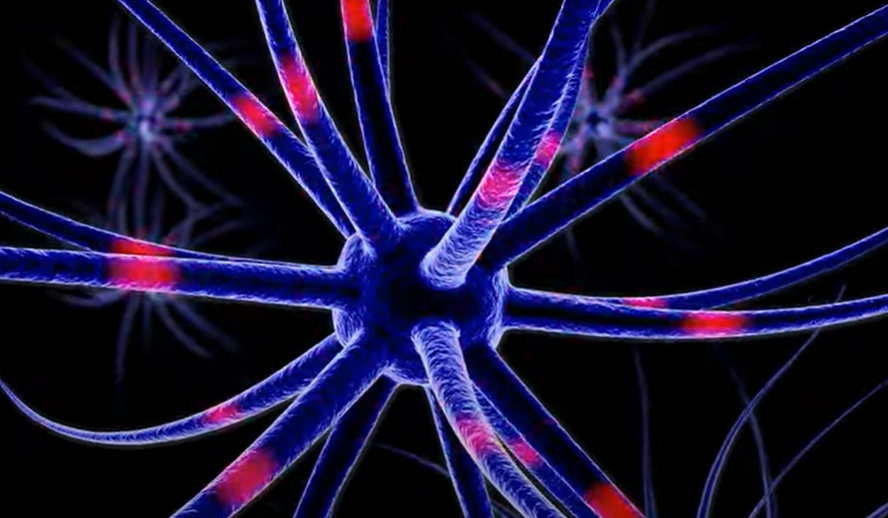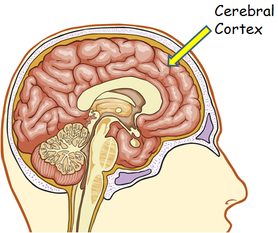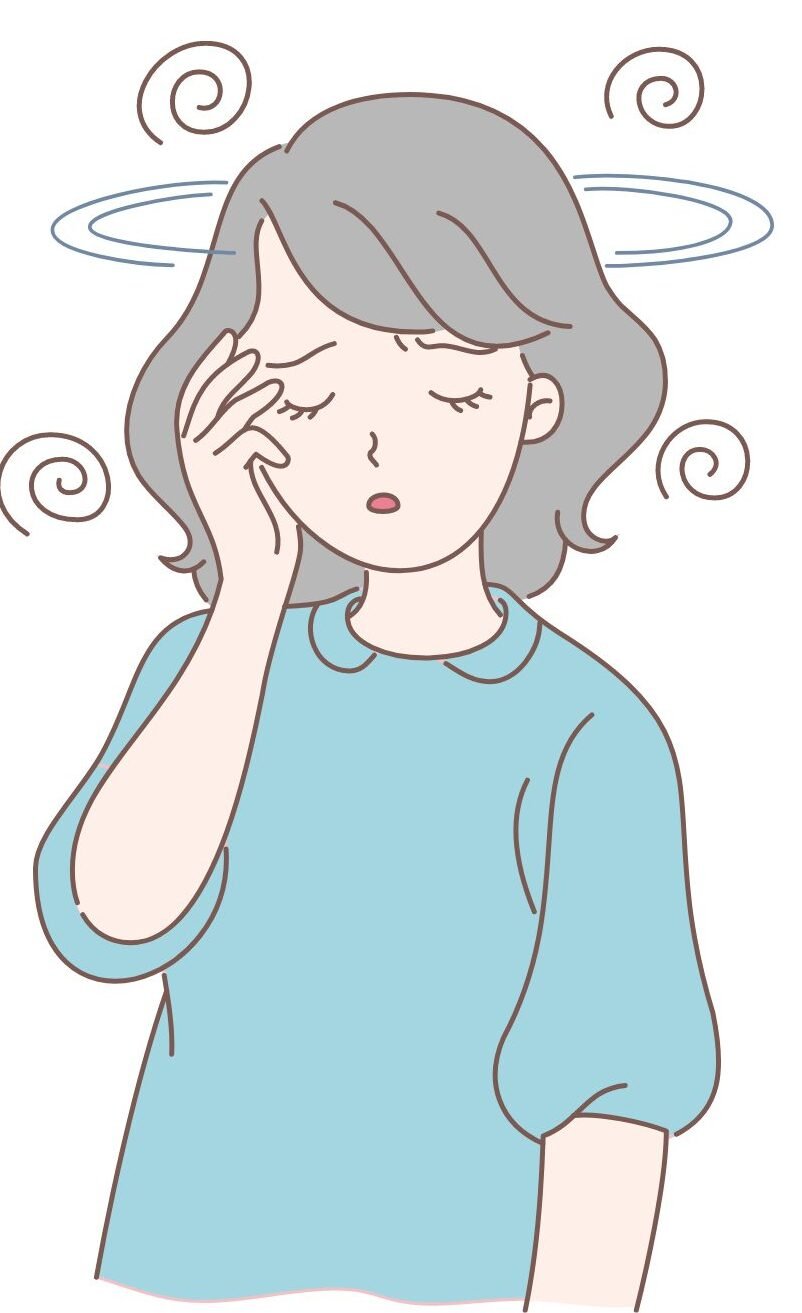What Is a Stroke?
A stroke is a medical emergency that occurs when the brain’s blood supply is disrupted — either by a blockage or a ruptured blood vessel. This sudden interruption cuts off oxygen and nutrients to parts of the brain, causing cells to begin dying within minutes.

The brain controls every function of our body — from movement, speech, vision, to emotions and balance. These functions are regulated by neurons that depend on a continuous blood supply through blood vessels. If that supply is cut off or a vessel bursts, the affected brain region stops functioning — leading to what we call a stroke or paralysis.
Types of Stroke
There are two main types of strokes:

1. Ischemic Stroke
This is the most common type, accounting for about 87% of cases. It occurs when a blood clot blocks or narrows a blood vessel supplying the brain. This blockage restricts blood flow, damaging brain tissue.
2. Hemorrhagic Stroke
In this type, a blood vessel in the brain ruptures, causing bleeding within or around the brain. This bleeding increases pressure and damages surrounding brain cells.
Both types result in a lack of oxygen to the brain and can cause permanent damage if not treated immediately.
Which Part of the Brain Is Affected?
The symptoms of a stroke vary based on the region of the brain affected:

Cerebral Cortex:
-
Frontal Lobe: Affects speech, personality, and movement.
-
Parietal Lobe: Causes confusion in spatial awareness and coordination.
-
Temporal Lobe: Affects memory and speech comprehension.
-
Occipital Lobe: Leads to visual disturbances or blindness.
Cerebellum:
-
Affects coordination, balance, and causes dizziness.
Brainstem:
-
Midbrain: Impaired eye movement, double vision.
-
Pons: Weakness in face, speech and swallowing issues.
-
Medulla: Breathing difficulty, heart rate problems, even quadriplegia.
Who Is at Risk for Stroke?
Certain individuals are more prone to experiencing a stroke due to specific health or lifestyle factors. These include:
-
High blood pressure (Hypertension)
-
Diabetes
-
Smoking
-
High cholesterol or poor lipid profile
-
Obesity
-
Genetic predisposition (family history of stroke or heart disease)
-
Age (typically over 55)
Those at high risk of a heart attack are usually also at risk for stroke.
Signs and Symptoms of Stroke

Recognizing the signs early can save a life. Look for these five warning signs:
1. Sudden Vision Problems
Blurred or double vision in one or both eyes.
2. Speech Difficulties
Slurred speech or inability to understand or form words.
3. Facial Drooping
One side of the face may appear droopy. The smile becomes uneven or lopsided.
4. Loss of Balance or Coordination
Trouble walking, dizziness, or falling for no reason.
5. Weakness or Numbness
Sudden weakness, especially on one side of the body — face, arm, or leg.
Remember the acronym FAST:
Face drooping,
Arm weakness,
Speech difficulty,
Time to call emergency services.
Stroke Treatment: What Happens at the Hospital?
Step 1: Immediate Evaluation
The first step in stroke management is performing a CT scan to determine the type of stroke:
-
Ischemic Stroke: If there is no bleeding, clot-dissolving treatment may be given.
-
Hemorrhagic Stroke: If bleeding is detected, surgery or medication may be required to reduce pressure.
Step 2: Thrombolytic Therapy (For Ischemic Stroke)
If the patient reaches the hospital within 3 hours of symptom onset, doctors may use clot-busting medication (tPA) to dissolve the blockage.
This is called thrombolytic therapy — a life-saving procedure that must be done within a specific time window, usually within 3 to 4.5 hours.
Step 3: Advanced Stroke Procedures
If the clot cannot be dissolved or the time window has passed, specialists may perform a thrombectomy, a minimally invasive procedure where the clot is physically removed using a catheter.
This procedure may be effective up to 6–24 hours after symptoms begin — but earlier treatment leads to better outcomes.
Step 4: Treatment for Hemorrhagic Stroke
For strokes involving bleeding in the brain:
-
Doctors avoid clot-busting drugs.
-
Treatment may include medications to control swelling and pressure.
-
In some cases, brain surgery is needed to relieve the bleeding and prevent further damage.
First Aid for Stroke: What You Should Do Immediately
1. Know Who’s at Risk
Keep an eye on people who have:
-
High blood pressure
-
Diabetes
-
Obesity
-
History of smoking or heavy drinking
-
Poor cholesterol levels
-
Family history of stroke
2. Learn the Symptoms
Recognize any of the 5 key stroke symptoms mentioned earlier.
3. Act Fast
Time is brain. Every second counts.
-
Call emergency services immediately.
-
Note the time symptoms started.
-
Do not give food, water, or medicine unless advised.
-
Keep the person calm and lay them down with their head slightly elevated.
The first 3 hours are critical — this is when most stroke treatments are effective.
4. Choose the Right Hospital
Not all hospitals are equipped for stroke management.
Make sure the hospital has:
-
A neurologist
-
A neurosurgeon (for hemorrhagic stroke)
-
CT scan facilities
-
ICU care
Why Time Matters in Stroke
A common mistake is waiting too long to see if symptoms improve. Stroke symptoms rarely get better on their own — and the longer treatment is delayed, the higher the risk of brain damage, paralysis, or death.
The faster you reach the hospital, the more brain tissue can be saved.
Early treatment = Better recovery
Stroke Recovery and Rehabilitation
Recovery from stroke depends on:
-
How quickly treatment was received
-
The type and severity of the stroke
-
Age and overall health of the patient
Rehabilitation may include:
-
Physical therapy
-
Speech therapy
-
Occupational therapy
-
Lifestyle changes (diet, exercise, quitting smoking)
Some people recover completely, while others may require long-term care and support.
Conclusion: Stay Aware, Stay Safe
A stroke can happen suddenly — but being aware of the symptoms, acting quickly, and choosing the right hospital can make all the difference. Whether it’s a loved one or yourself, knowing what to do during a stroke can save a life and prevent permanent disability.
If you or someone around you shows any sign of stroke, don’t wait — get medical help immediately.